Surgical-grade hemostatic forceps, as a core instrument in surgical procedures, must meet stringent requirements for precision and biological safety. With advancements in materials science and injection molding technology, the traditional structure combining a metal clamp body with a plastic handle is gradually evolving toward a fully integrated injection-molded design. This article analyzes the technical pathways of injection molding production for surgical-grade hemostatic forceps from four dimensions: material selection, mold design, process parameter optimization, and quality control.
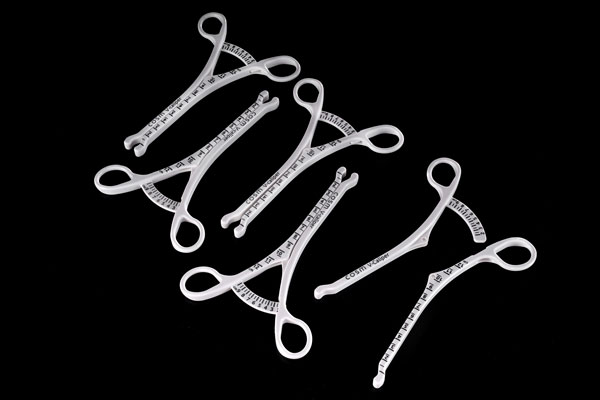
-
Material Selection: Balancing Biocompatibility and Mechanical Properties
The injection-molded materials for surgical-grade hemostatic forceps must simultaneously satisfy the following requirements:
-
Biocompatibility: Priority is given to medical-grade polymers certified by the FDA, such as polyphenylsulfone (PPSU), polycarbonate (PC), or polyetherimide (PEI). PPSU, with its 180°C temperature resistance and impact resistance, is the preferred choice for autoclavable instruments. PC, with its high transparency and processability, is suitable for clamp body designs requiring internal visibility.
-
Mechanical Properties: Materials must possess a hardness range of 40-48 HRC to withstand repeated opening/closing and vascular clamping forces during surgery. For example, the hardness指标 (hardness index) of 2Cr13Mo stainless steel has been replicated in plastic clamp bodies through glass fiber reinforcement (GF) technology, enhancing the flexural strength of plastic materials to over 200 MPa.
-
Antibacterial and Sterilization Compatibility: Materials must pass the YY/T0149 boiling water test method Grade B standard, ensuring no degradation after ethylene oxide (EO) or gamma-ray sterilization. Some enterprises incorporate silver ion antibacterial masterbatches, achieving a 99.9% surface antibacterial rate on clamp bodies.
-
Mold Design: Micron-Level Precision and Insert Integration
Mold design for surgical forceps must overcome three technical challenges:
-
Clamp Jaw Tooth Forming: Electrical discharge machining (EDM) technology is employed to engrave 0.1 mm-level teeth in the mold cavity, ensuring a clamping force of ≥15 N. Moldex3D mold flow analysis software optimizes runner design to control melt filling pressure fluctuations within ±5% in the tooth area.
-
Metal Insert Pre-Embedding: For composite structures requiring embedded stainless steel locking teeth, the mold must incorporate a 0.02 mm pre-compression amount to prevent gaps between the insert and plastic. Some enterprises use laser-engraved microporous structures on the insert surface, enabling mechanical interlocking with infiltrated plastic, tripling the pull-out force compared to traditional processes.
-
Symmetry Control: The gill clearance on both sides of the clamp body must be ≤0.05 mm to avoid opening/closing jamming. Five-axis CNC machining is used to process the mold core, coupled with an online inspection system for real-time correction of machining errors.
-
Process Parameter Optimization: The Trade-Off Between Residual Stress and Deformation
Minor fluctuations in injection molding parameters can lead to clamp body deformation, necessitating precise control through the following means:
-
Multivariate Orthogonal Experiments: An L9(3⁴) orthogonal table is designed with melt temperature (280-320°C), injection rate (50-120 mm/s), and packing pressure (60-100 MPa) as variables. Through optimization, one enterprise reduced the maximum deformation of the clamp body from 0.3 mm to 0.08 mm.
-
Packing Pressure Curve Design: A segmented packing strategy is adopted, applying high pressure (90 MPa) during the filling stage to eliminate sink marks and switching to low pressure (40 MPa) during cooling to release residual stress. Abaqus finite element analysis verifies the impact of the packing pressure curve on clamp body warpage.
-
Mold Temperature Control System: Circulating water channels are embedded in critical areas such as the clamp jaw, controlling mold temperature fluctuations within ±1°C to prevent tooth distortion due to uneven cooling.
-
Quality Control: Full-Chain Traceability from Pellets to Finished Products
A four-level quality control system must be established for the injection molding production of surgical forceps:
-
Incoming Material Inspection: Each batch of plastic pellets undergoes 12 tests, including melt flow rate (MFR), ash content, and heat deflection temperature (HDT), ensuring compliance with ISO 10993 standards.
-
In-Process Monitoring: A vision inspection system is deployed beside the injection molding machine to capture parameters such as clamp body contour and tooth spacing in real time, achieving a defect recognition accuracy of 99.7%.
-
Performance Testing: Finished products must pass the following tests:
-
Opening/Closing Fatigue Test: Simulating 100,000 opening/closing cycles, with a clamping force attenuation rate of ≤5%.
-
Corrosion Resistance Test: Immersion in a 5% NaCl solution for 72 hours, with no surface rusting.
-
Biological Safety Test: Cytotoxicity reaction grade ≤1, with no hemolysis.
-
Traceability System: RFID chips record over 20 data points for each clamp body, including production batch, mold number, and process parameters, enabling full lifecycle traceability.
-
Industry Trends: Full Plasticization and Intelligentization
Currently, two major trends are emerging in the injection molding production of surgical forceps:
-
Fully Plastic Structure: Through carbon fiber reinforcement (CF) technology, a purely plastic clamp body capable of replacing metal has been developed, reducing weight by 60% while supporting autoclavation.
-
Intelligent Injection Molding: Pressure sensors and AI algorithms are integrated to adjust process parameters in real time. One enterprise has increased the product qualification rate from 92% to 98.5% by deploying this system.
The injection molding production of surgical-grade hemostatic forceps represents an intersection of materials science, precision manufacturing, and quality engineering. In the future, with the application of biodegradable plastics and 3D printing technology, the production of surgical forceps will further evolve toward personalization and intelligence, providing safer and more efficient tools for minimally invasive surgery.
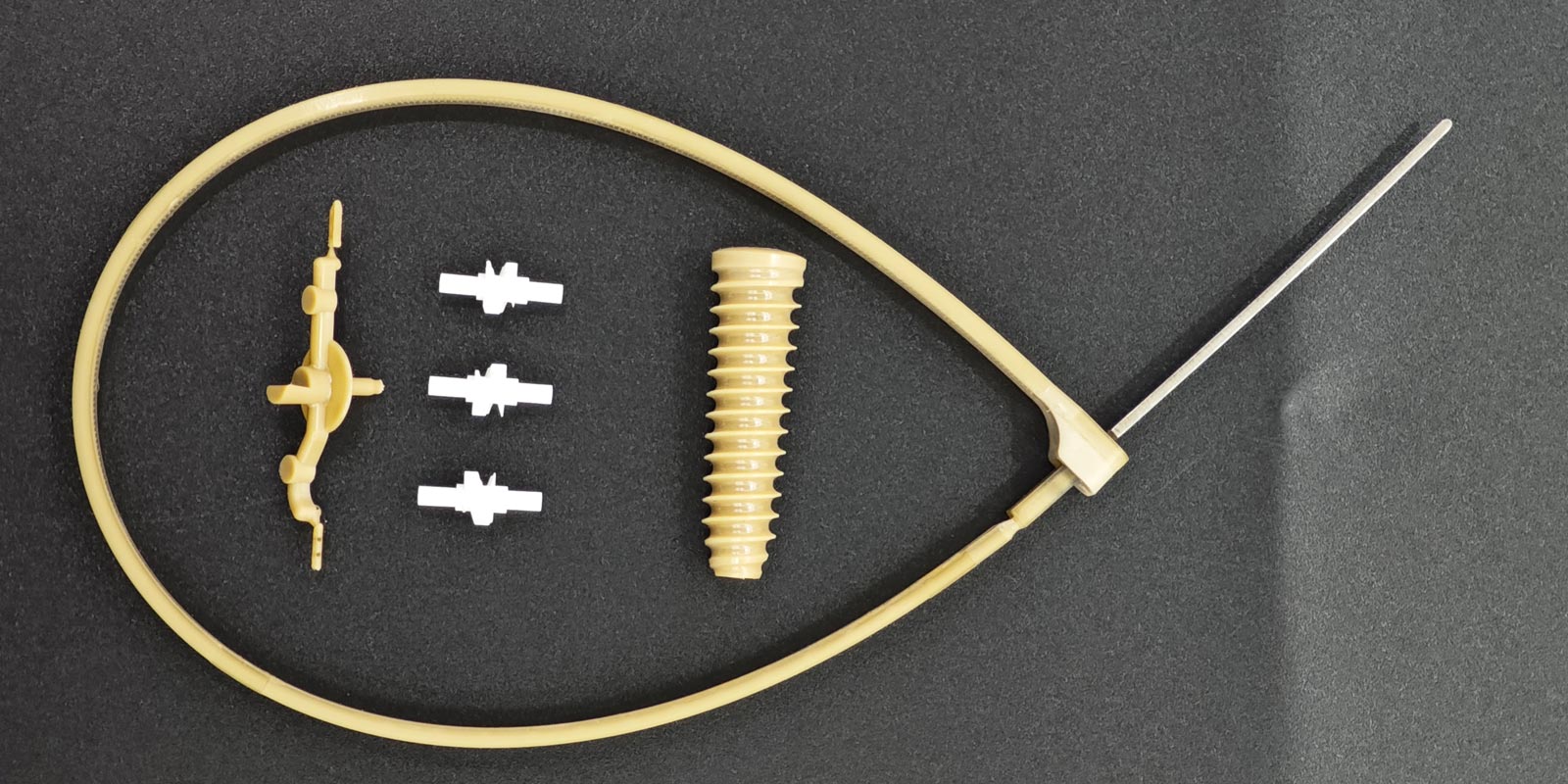
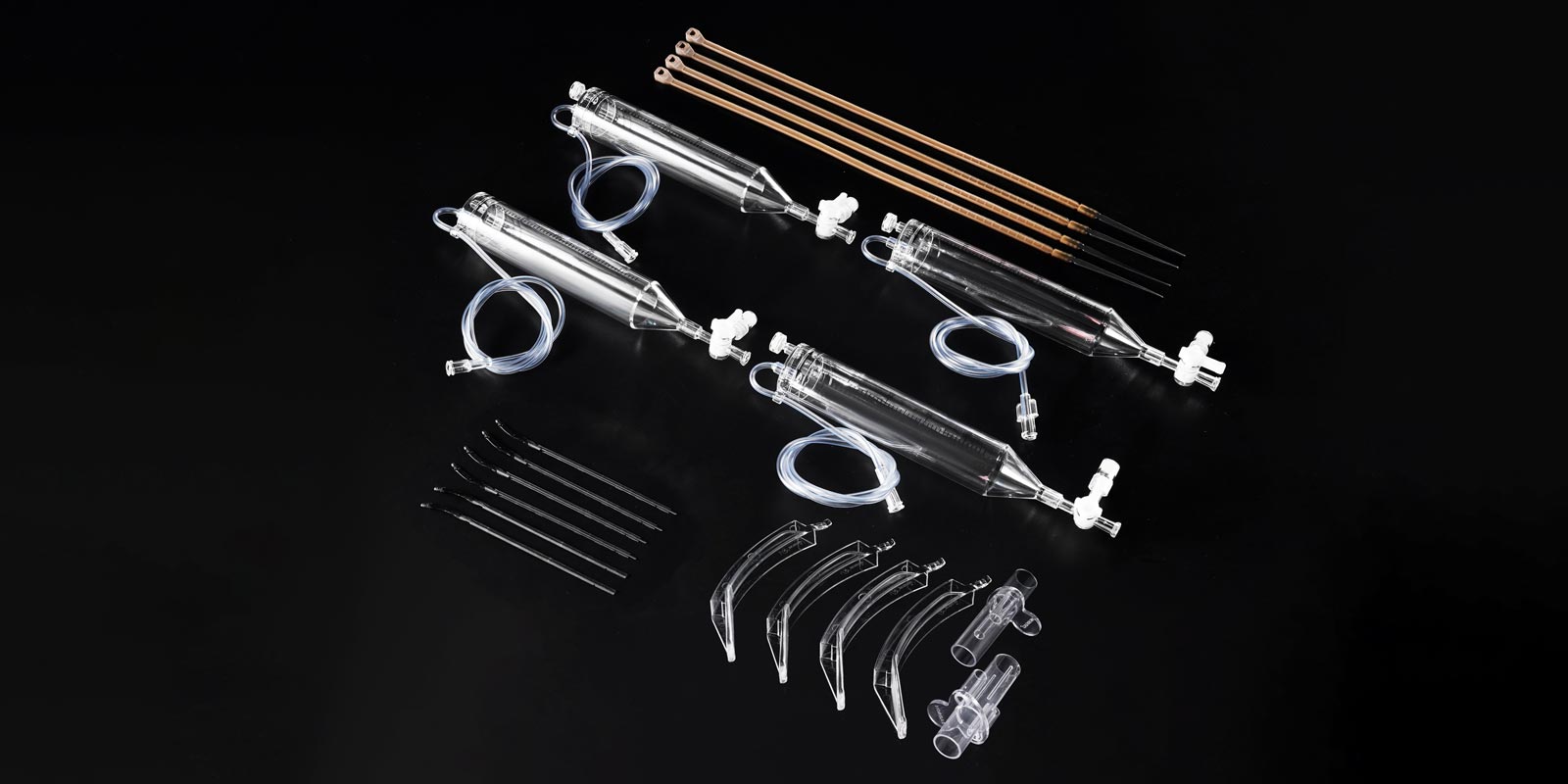
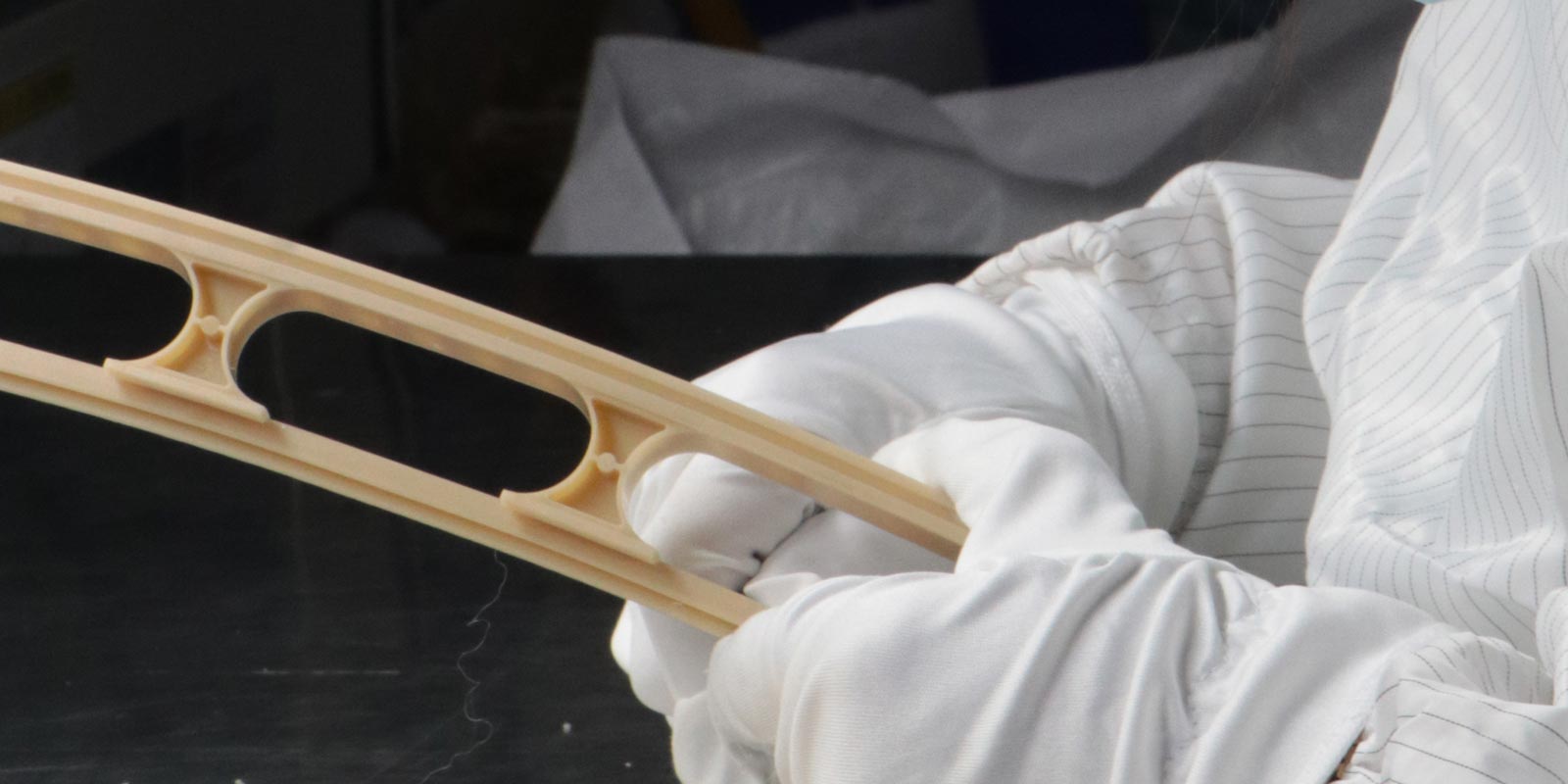
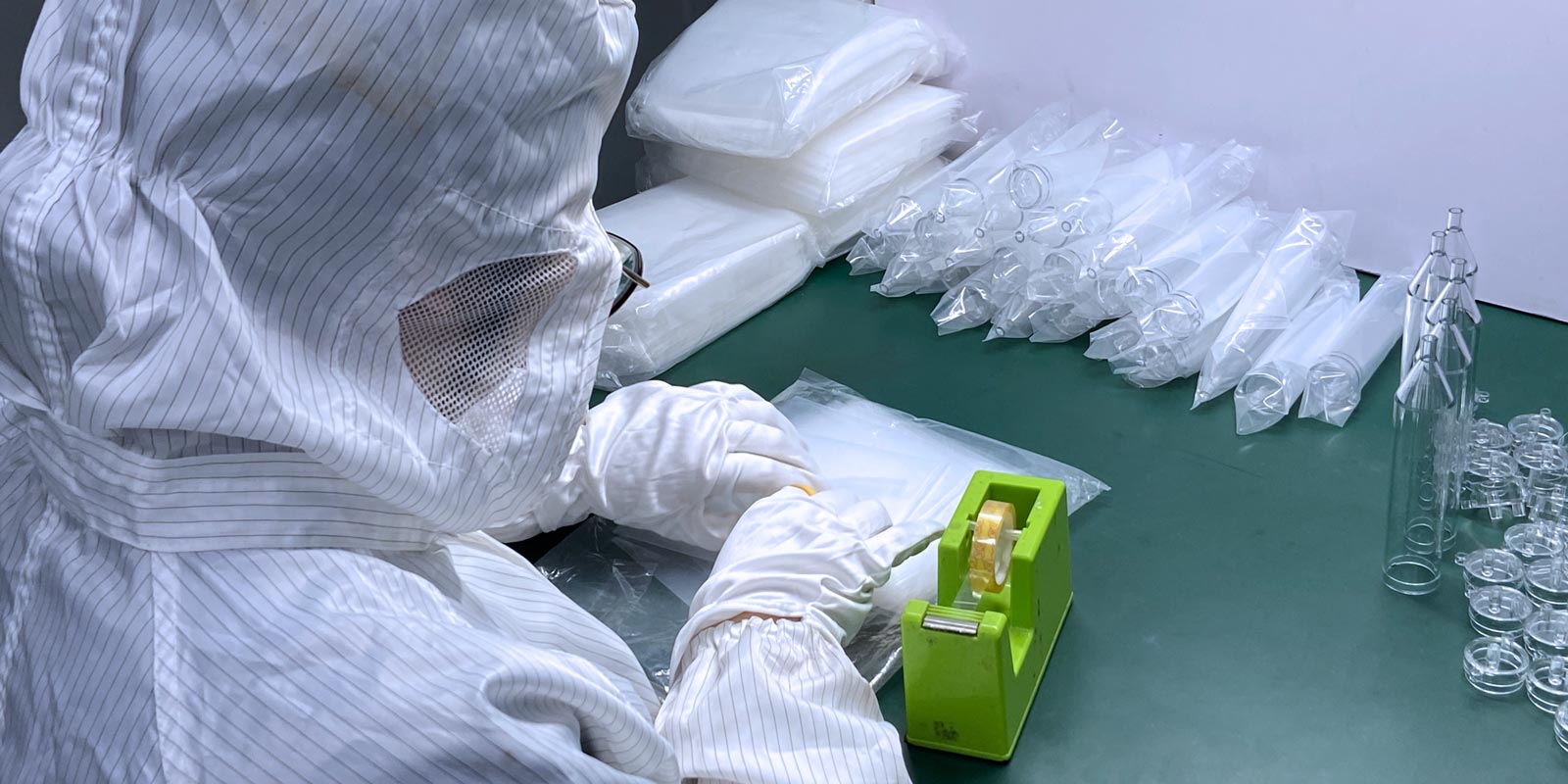
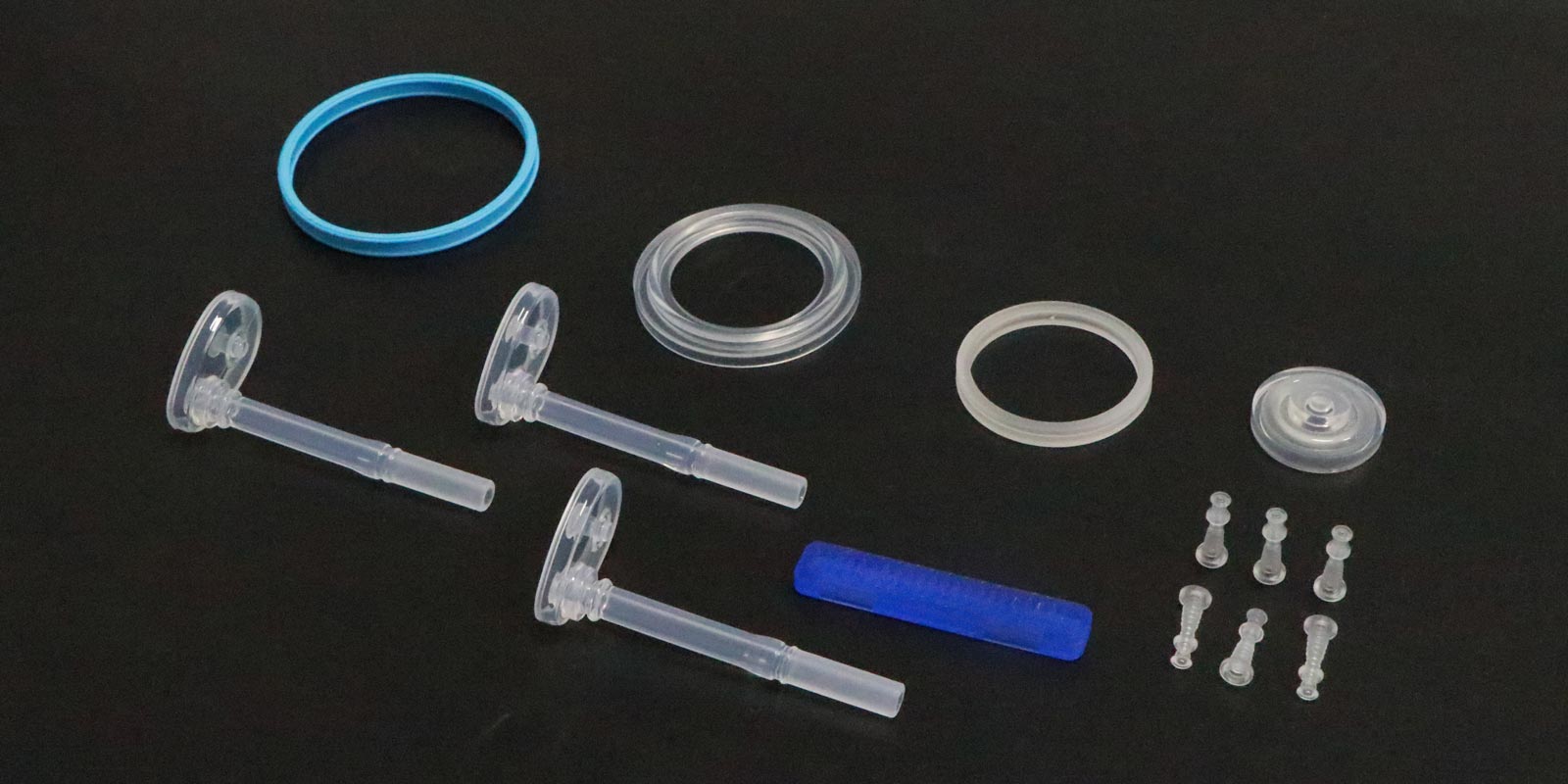











 Home
Home
